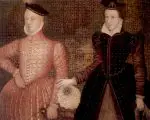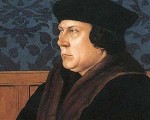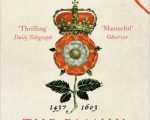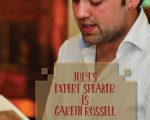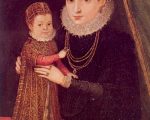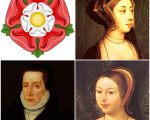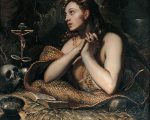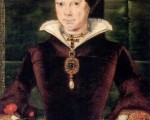
On this day in history, 2nd August 1581, Protestant Richard Atkins was burned to death before St Peter’s in Rome. It is said that as he was taken to St Peter’s, his back and breast were burned by men holding torches and that his right hand was then cut off and his legs burned first to prolong his suffering.
Why such an awful and prolonged death?
Anthony Munday, in his 1582 book The English Romayne Lyfe, recounts Atkins’ ‘crimes’ in a chapter dedicated to him. He tells of how Atkins, a Hertfordshire man, travelled to Rome and went straight to the English College there, the Catholic seminary, and told the priests that he had come “to rebuke the great misorder of your lives” and he called their pope “the Antechrist”. They reported him to the Inquisition who examined him and then released him. But then:
[Read More...]








